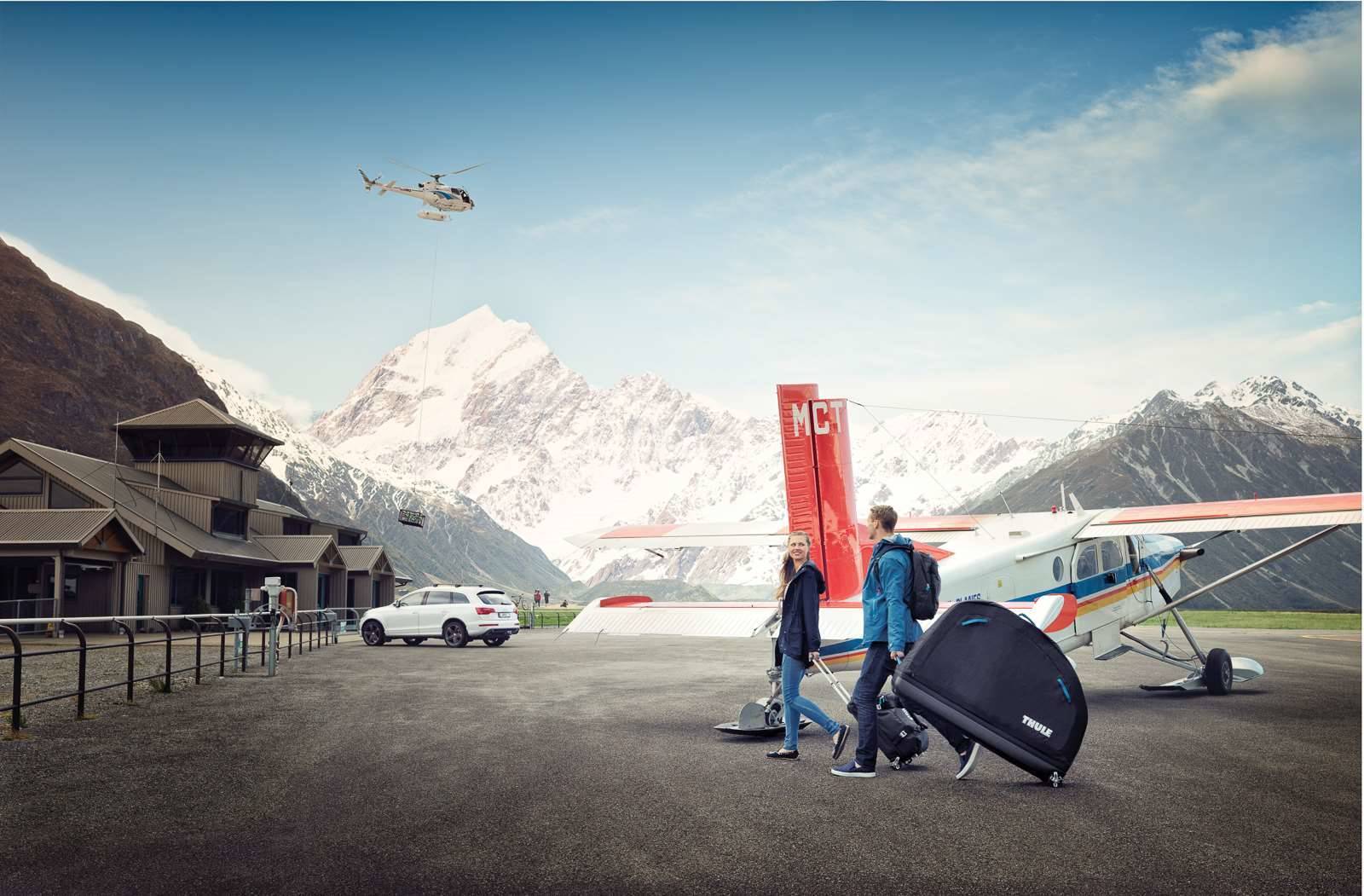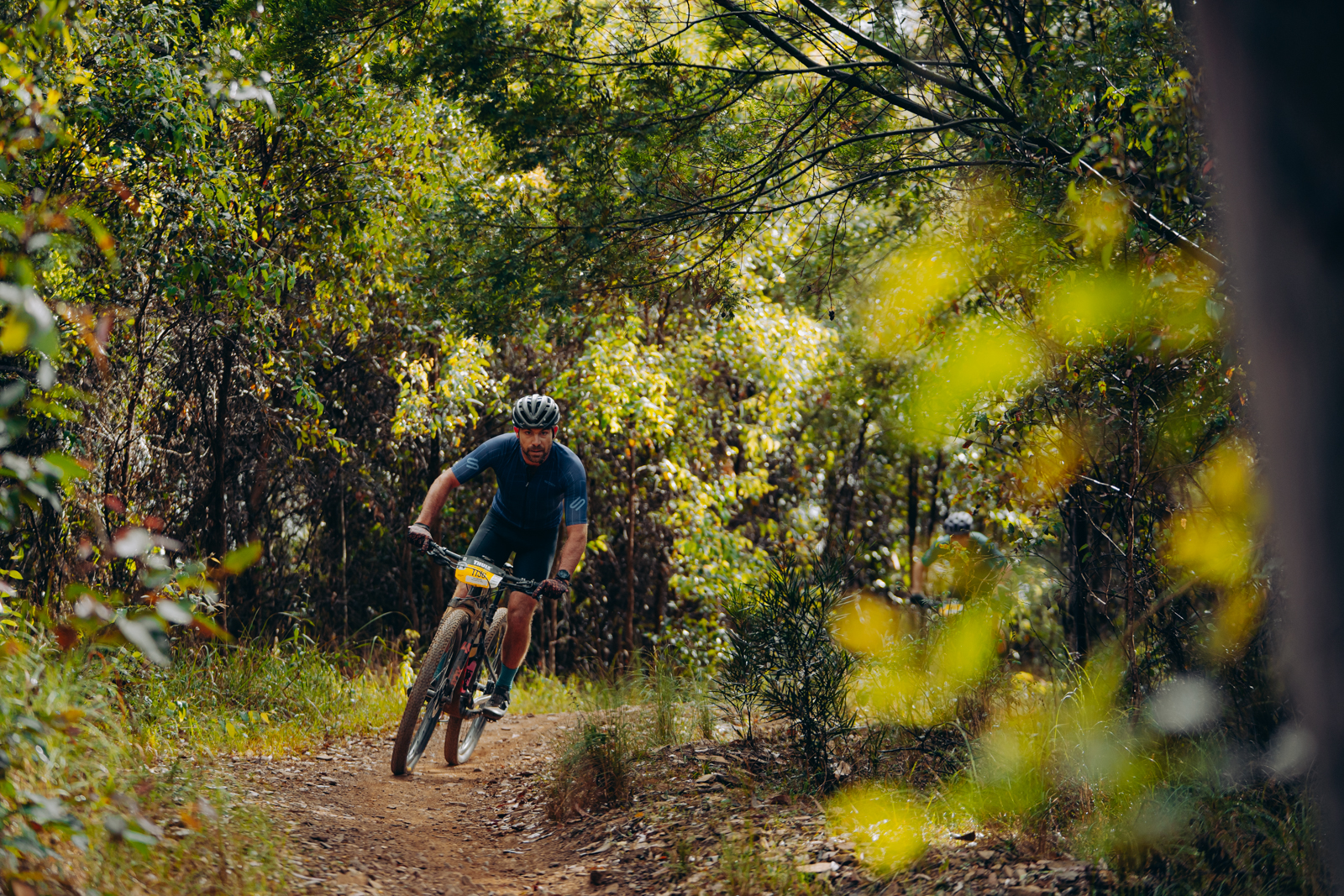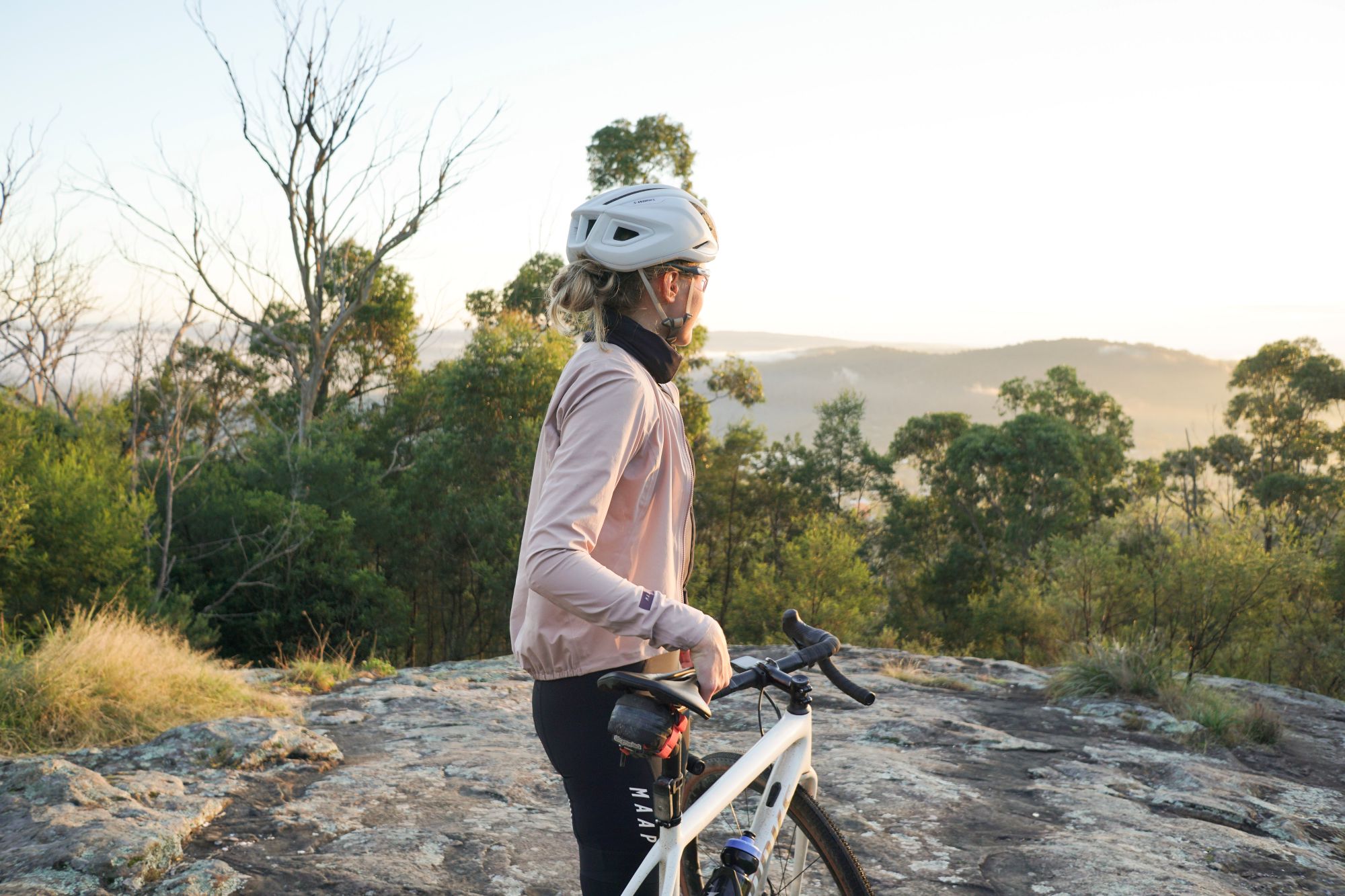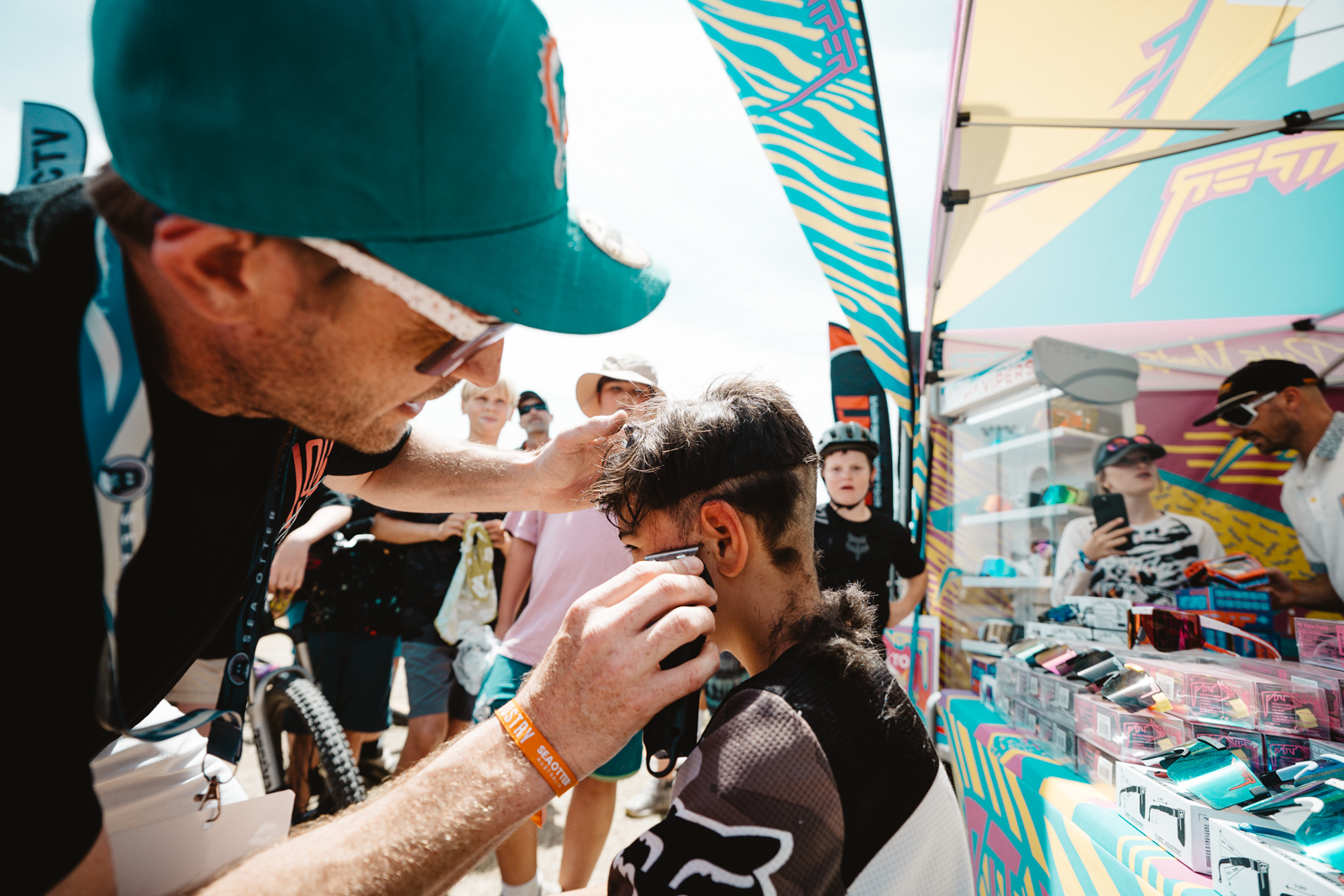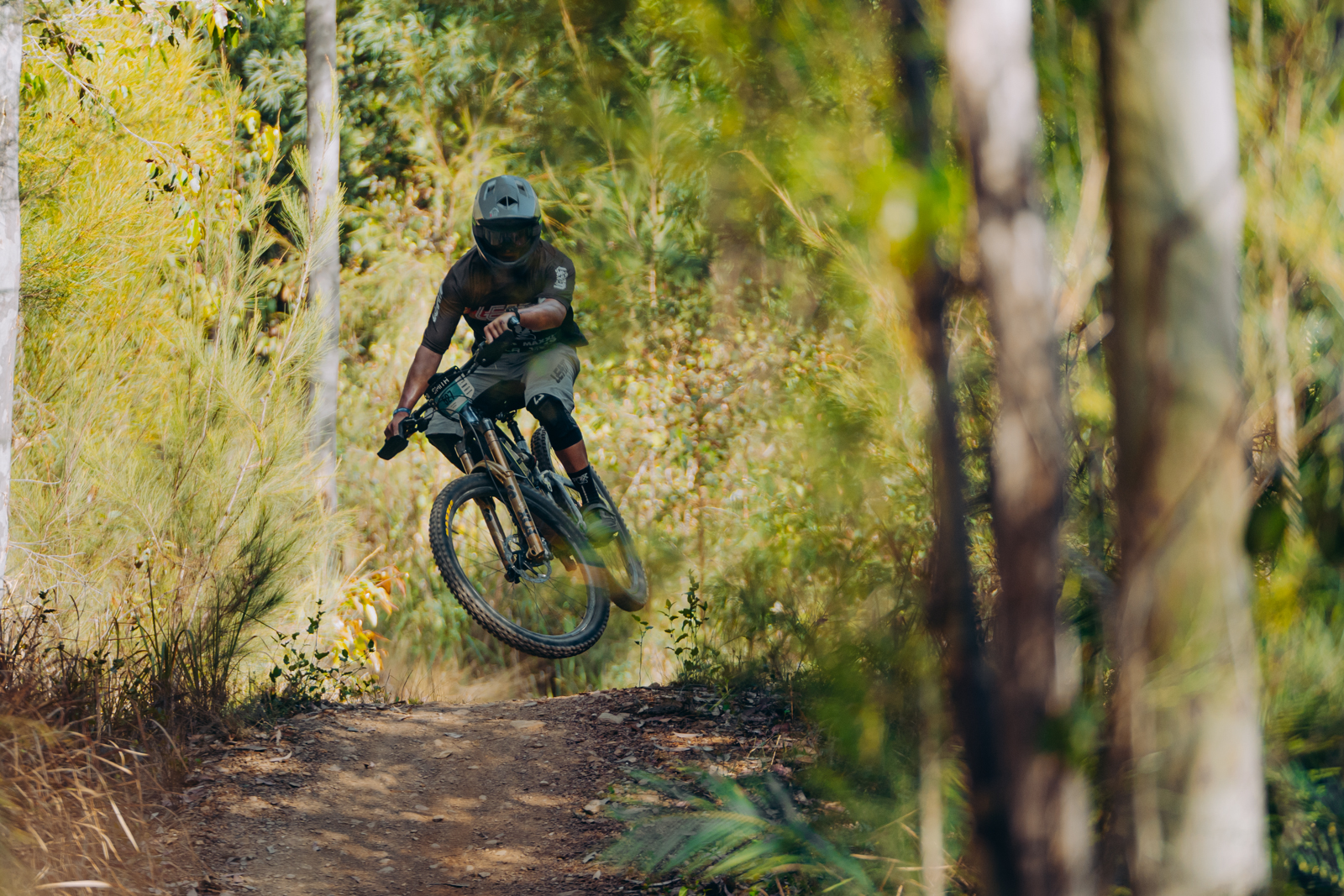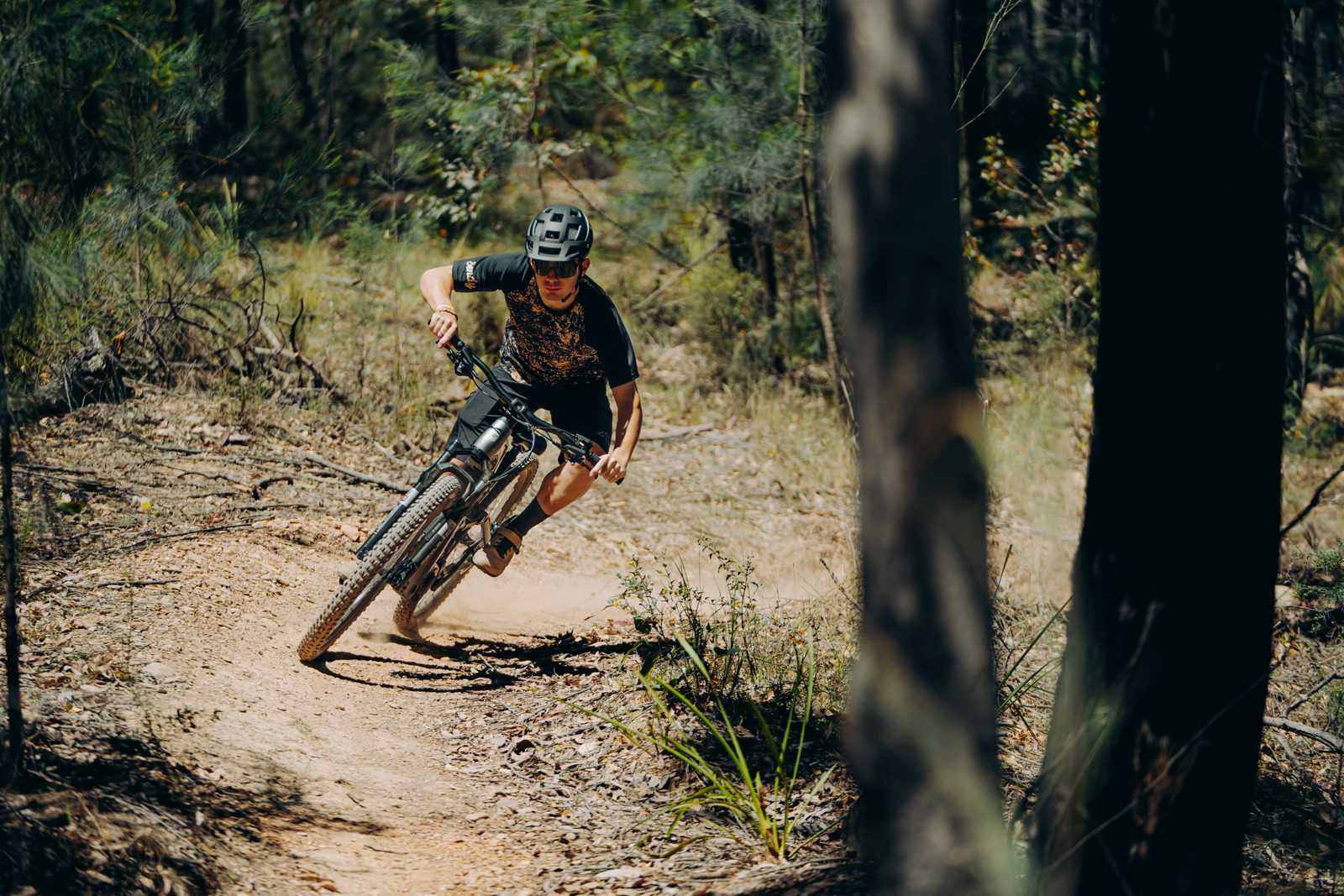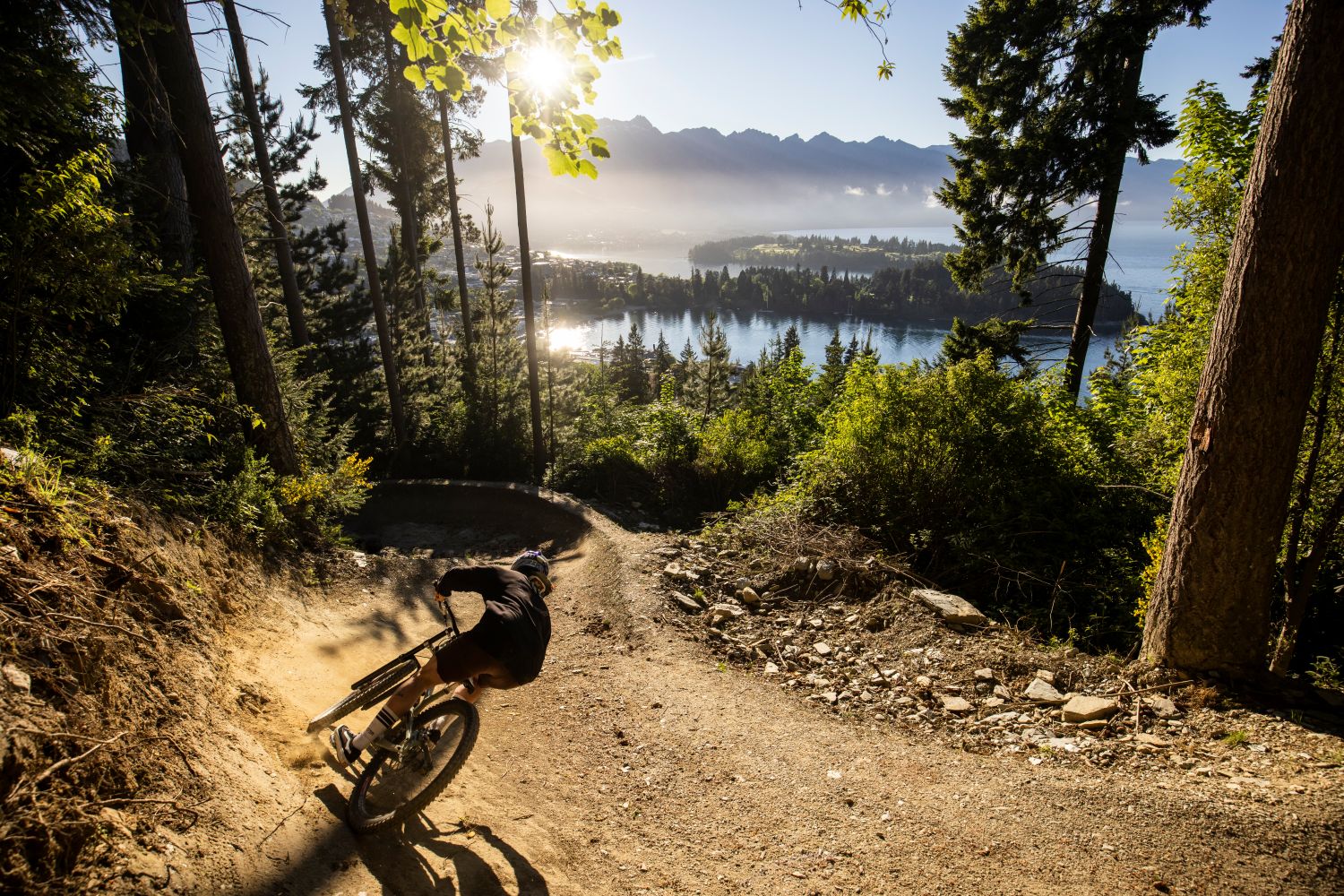How to choose a bike bag
The nightmare of travelling with your bike can actually be less than the nightmare of trying to have fun on trails on a clapped out rental bike – so here are some luggage options, assessed for pros and cons by seasoned traveller Imogen Smith, to make the experience a little more pleasurable.
FOLDING BIKE BAG
Cost: Usually between the $100 and $200 mark. Some examples are the Ground Effect Body Bag and the BO Gear Royd bike bag.
Protection: These bike bags are designed to pack away, so they’re light and have very little bulk. A bit like the bike box, protection is entirely up to you. I suggest large pieces of cardboard (cut from the sides of a bike box), to reinforce both sides, plus lots of foam. Foam camping mats cut to size are also excellent.
Weight: Best in show. 1.2–2kgs.
Size: Big enough to fit a dual suspension 29” MTB, but check with the manufacturer if you have any doubts. You’d also be surprised how much other junk you can squeeze into the hollows of these bags. Ground Effect have updated their bag for longer wheelbases. The BOGear Royd is super compact and Australian made, but do check sizing for your bike.
Disassembly: Somewhere in the middle. Because they have little reinforcing, you might like to remove your rear derailleur, rotors, and more. A typical soft bag requires removal of pedals, front wheel, and handlebars as a minimum. If your soft bag’s a tight squeeze you’ll have to empty shock pressure (although many of us do this to fly anyway). Small to medium frames will need your post dropped, or removed if it’s easier.
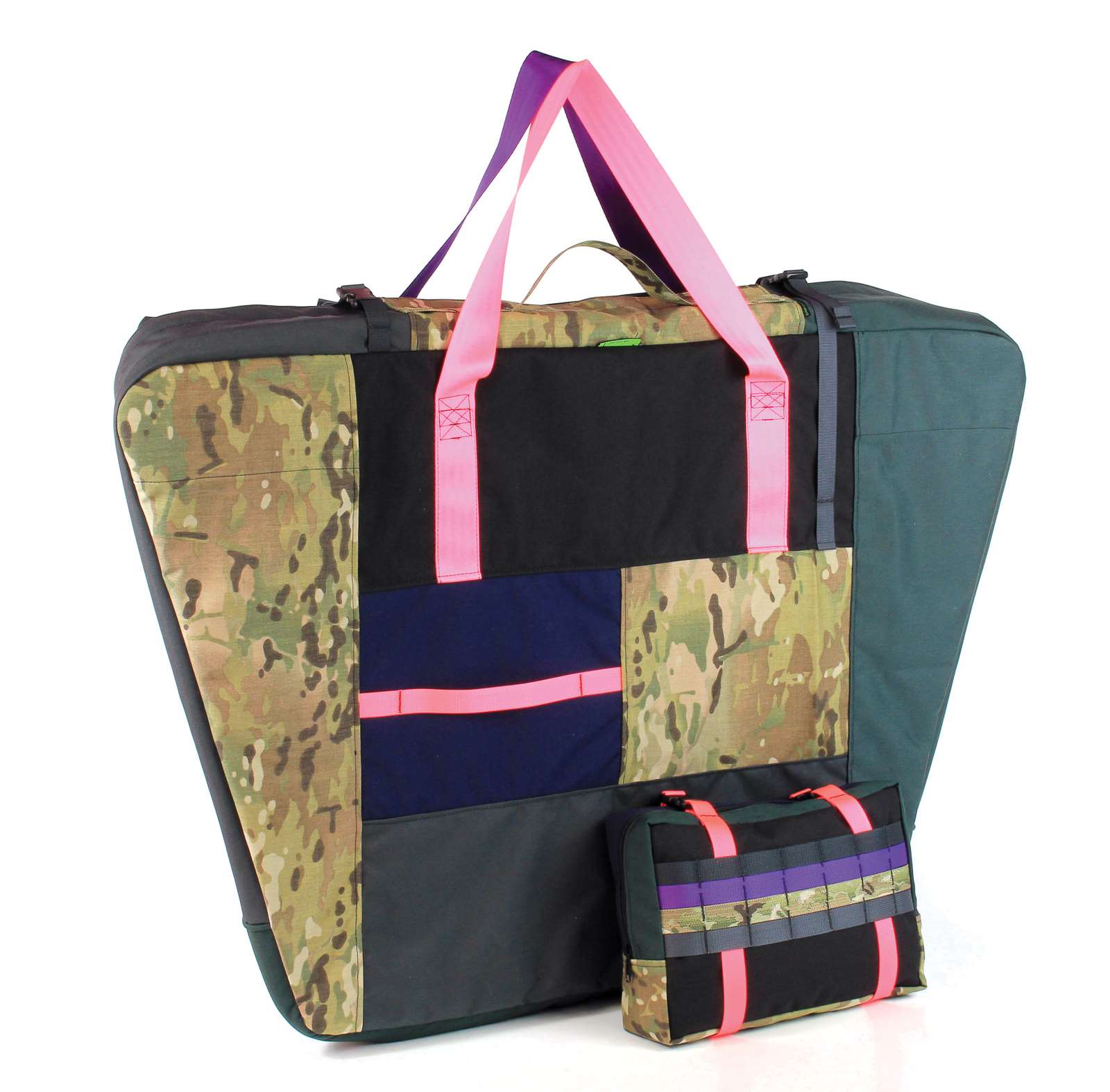
BOGear Royd: $199.95
Portability: Reasonable, depending how strong you are and how much other luggage you have. Over short distances, the shoulder strap will be okay, as long as you don’t mind lumbering along at a snail’s pace. You’ll only have one other hand free, so think about a backpack or rolling suitcase for your other luggage.
Storage: Generally they pack down to about the size of a full A4 folder, and they either come with cases to zip into, or the option to buy one for a little extra. That padding you’ve put in has to go somewhere though – but it does all store flat. Soft bike bags offer the best in storage and are perfect for travelling light or bike-packing. In some countries, particularly in Europe, you can take your bike on trains for free if it’s in a bag, and the folding bike bag comes in really handy.
Verdict: Perfect if you travel light, and really cheap, but not great if you have lots of other luggage or need to walk long distances.
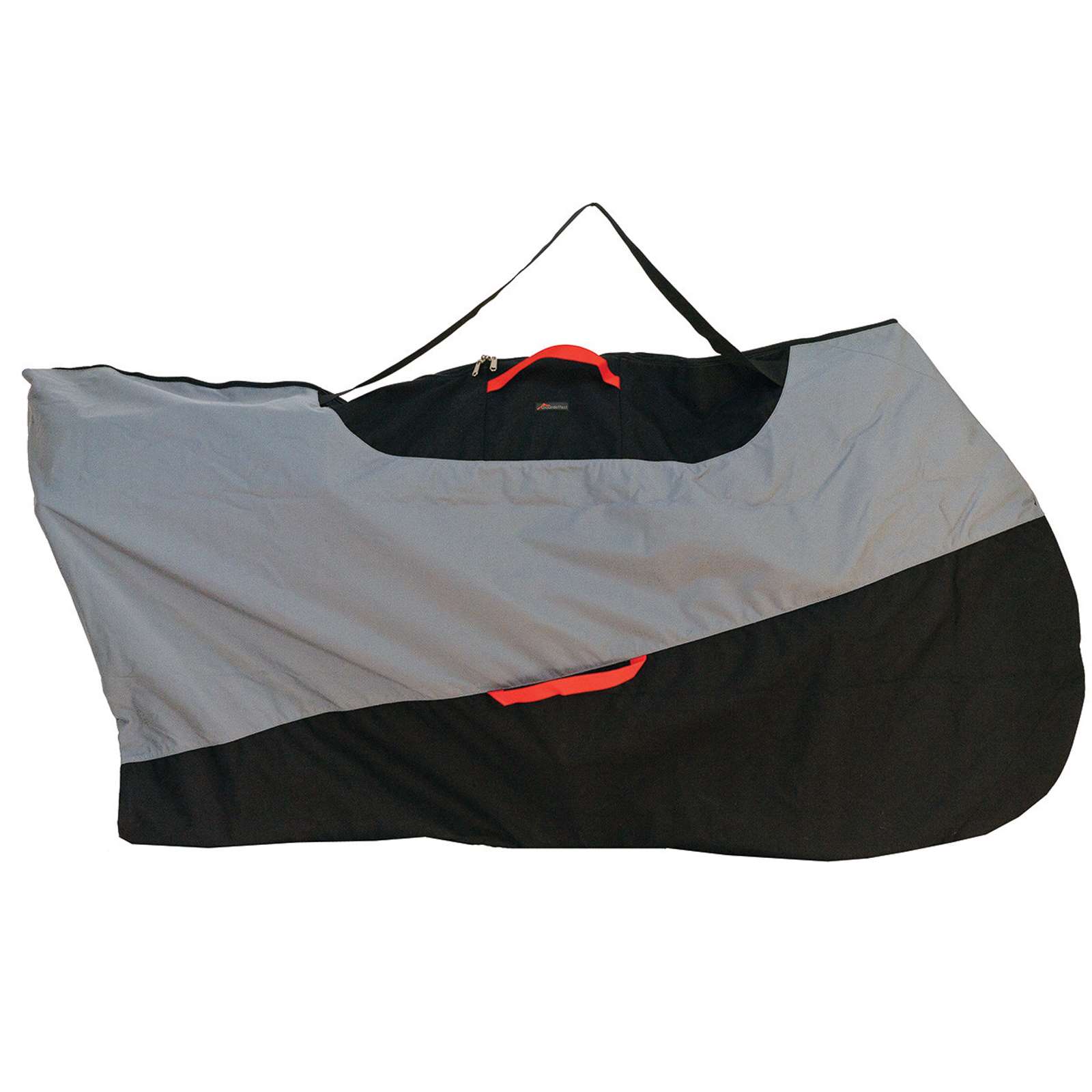
Ground Effect Body Bag: $165
PADDED BIKE BAG
Cost: Between about $500 and $800, depending on the brand and features. Brands like Evoc, Pro, Thule, and Scicon all have excellent models on the market.
Protection: Pretty good – usually a combination of soft padding plus hard plastic reinforcing on the outside, and often a metal frame to anchor your bike into the bag on the inside.
Weight: Between about 7 and 9kgs. This is a big step up from your boxes and folding bags and a reasonable chunk of your baggage allowance.
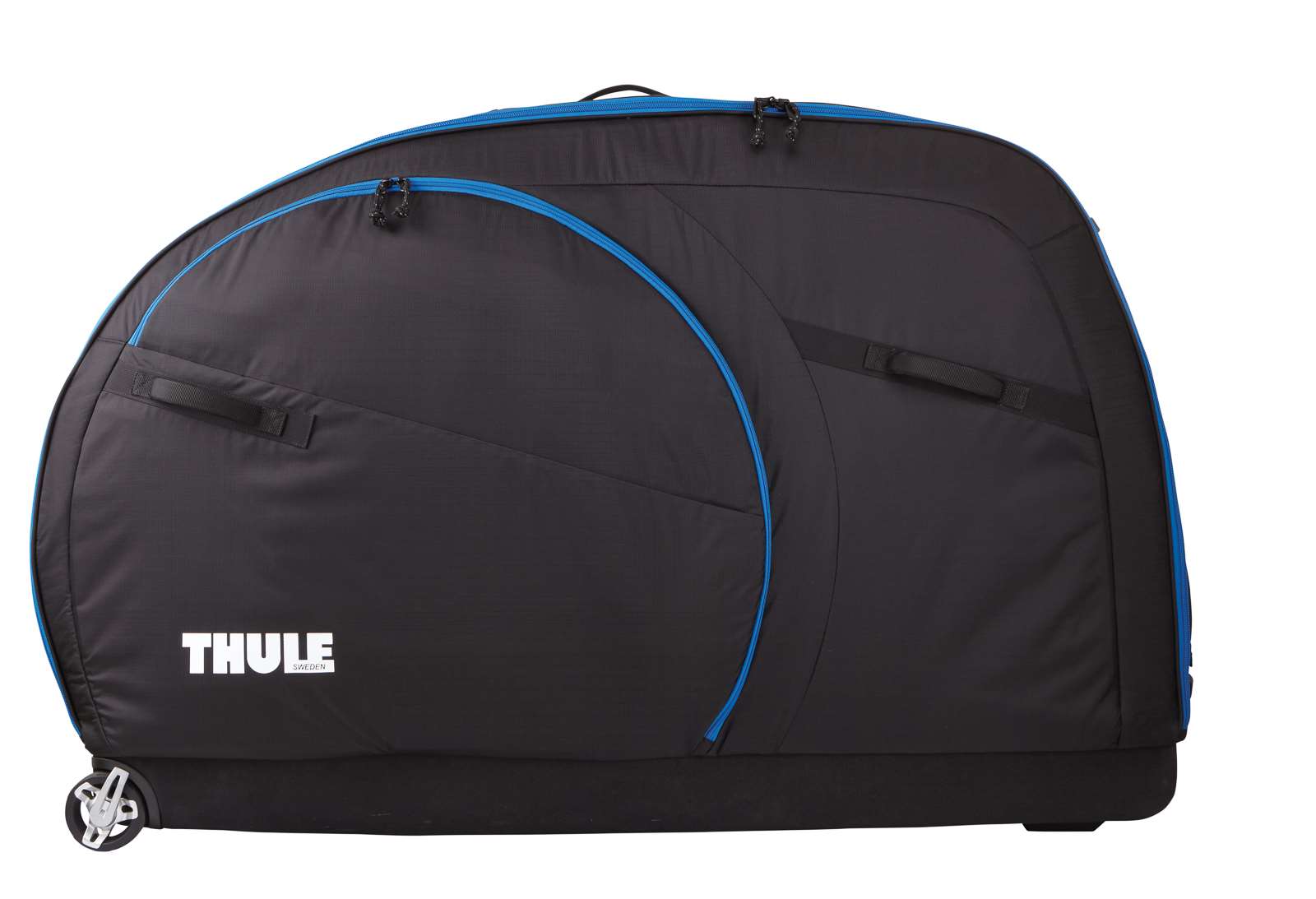 Thule RoundTrip Pro: $799
Thule RoundTrip Pro: $799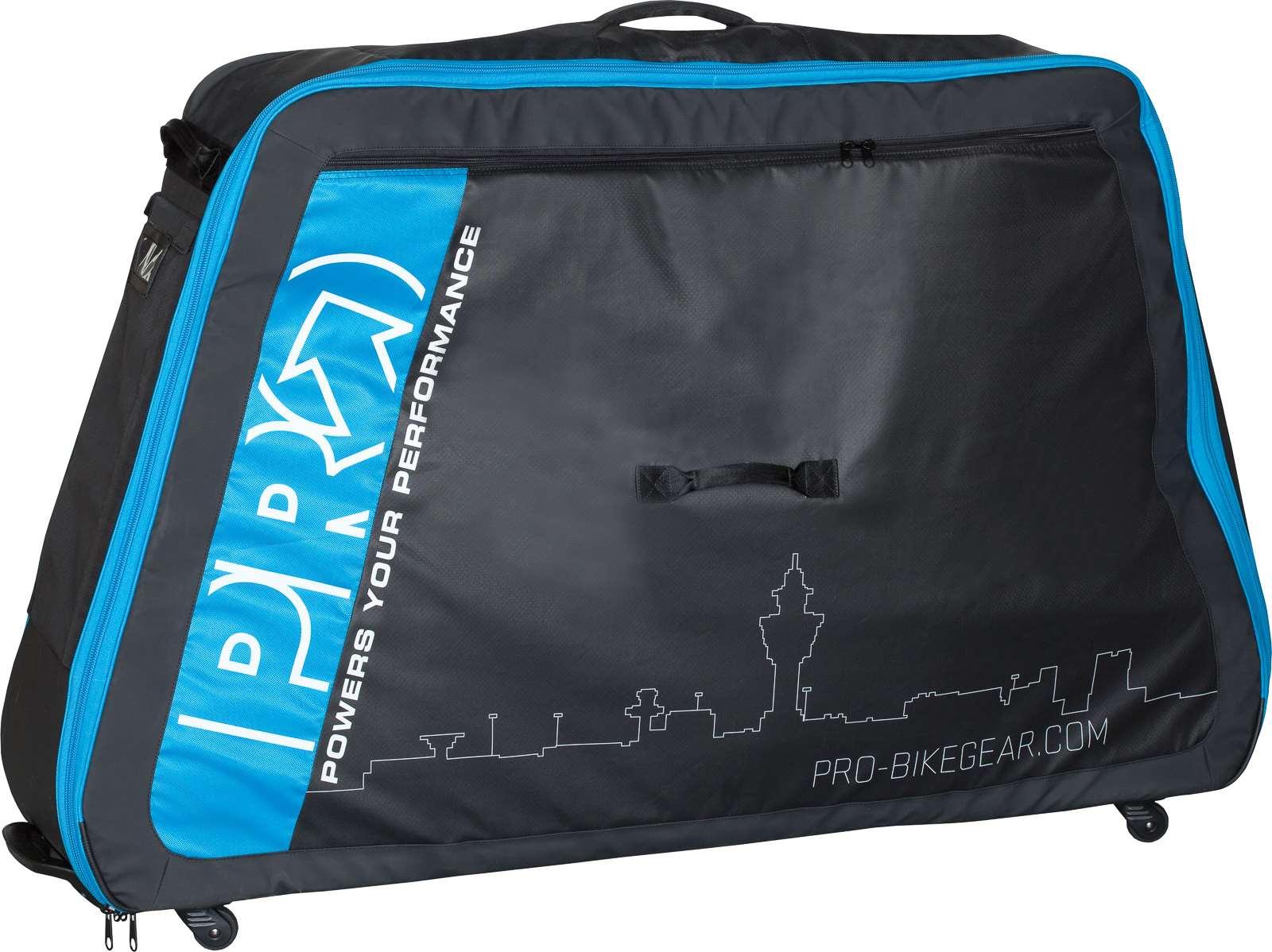 PRO Bike bag: $699
PRO Bike bag: $699Size: Varies, and while most are big enough to take a dual-suspension 29er – be sure to check, most manufacturers list a maximum wheelbase length that they can fit. There’s usually room to chuck in a small bag of your clothes, plus bike shoes and spares – but it’s very easy to make it very heavy to move around.
Disassembly: Again, in the middle. You’ll usually have to remove both wheels, handlebars, and pedals. Whether you take any other bits and pieces off is up to you and individual bag design.
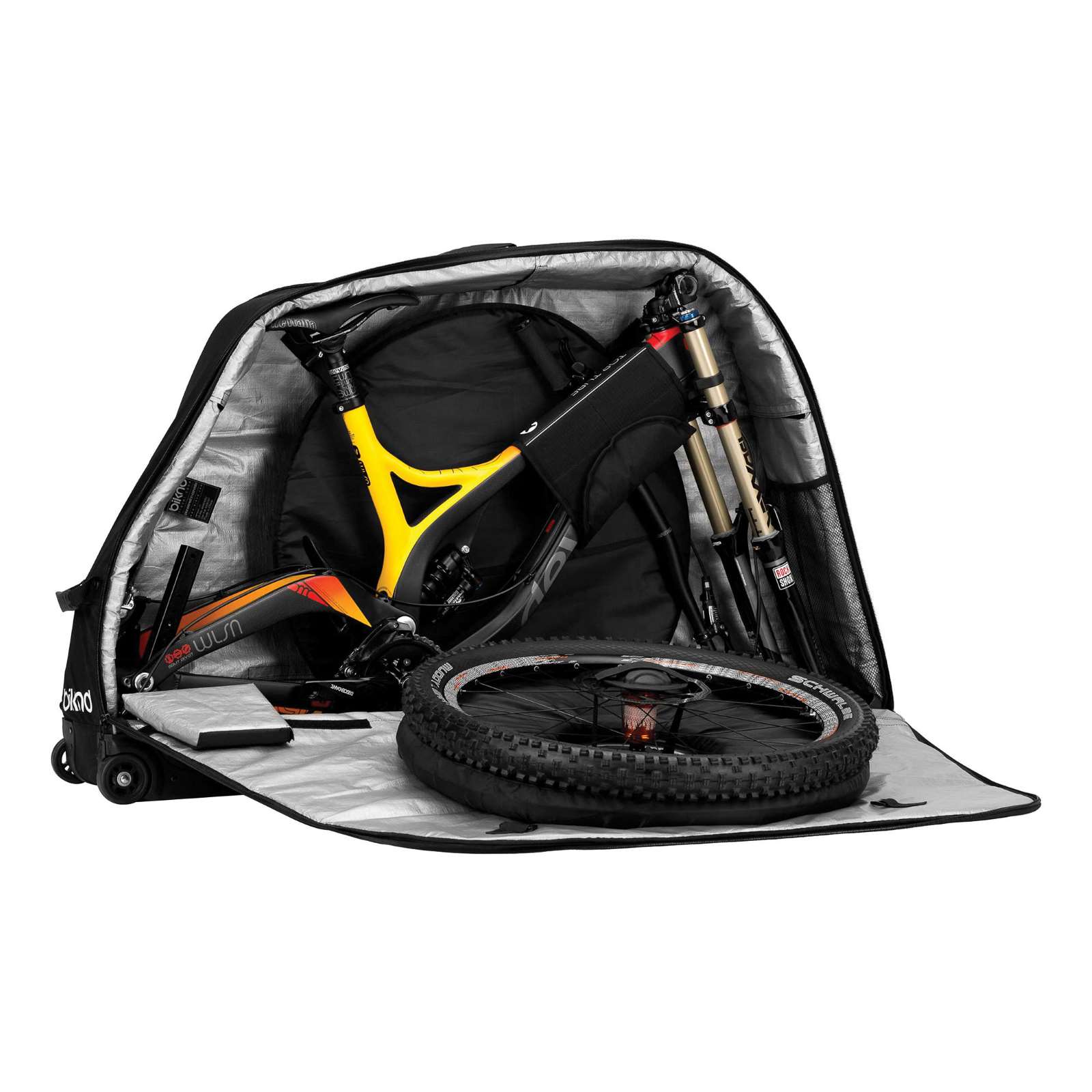 BikeND Jetpack: $799
BikeND Jetpack: $799
 Thule RoundTrip Traveler: $699
Thule RoundTrip Traveler: $699
Portability: Typically great. My preference is for a bag on four wheels, rather than two, because there’s still a lot of muscle involved if you have to lift and drag, rather than tow the bike bag behind you.
Storage: Not great – whether it’s your garage, hire car or your hotel room, these guys make their presence felt.
Verdict: A great option if you want some extra protection for your precious steed and if you’ve got a fair distance to walk. Consider the cost, however, especially if you only fly a couple of times a year: $800 will buy you 200 luggage trolley trips for your bike box or soft bag.
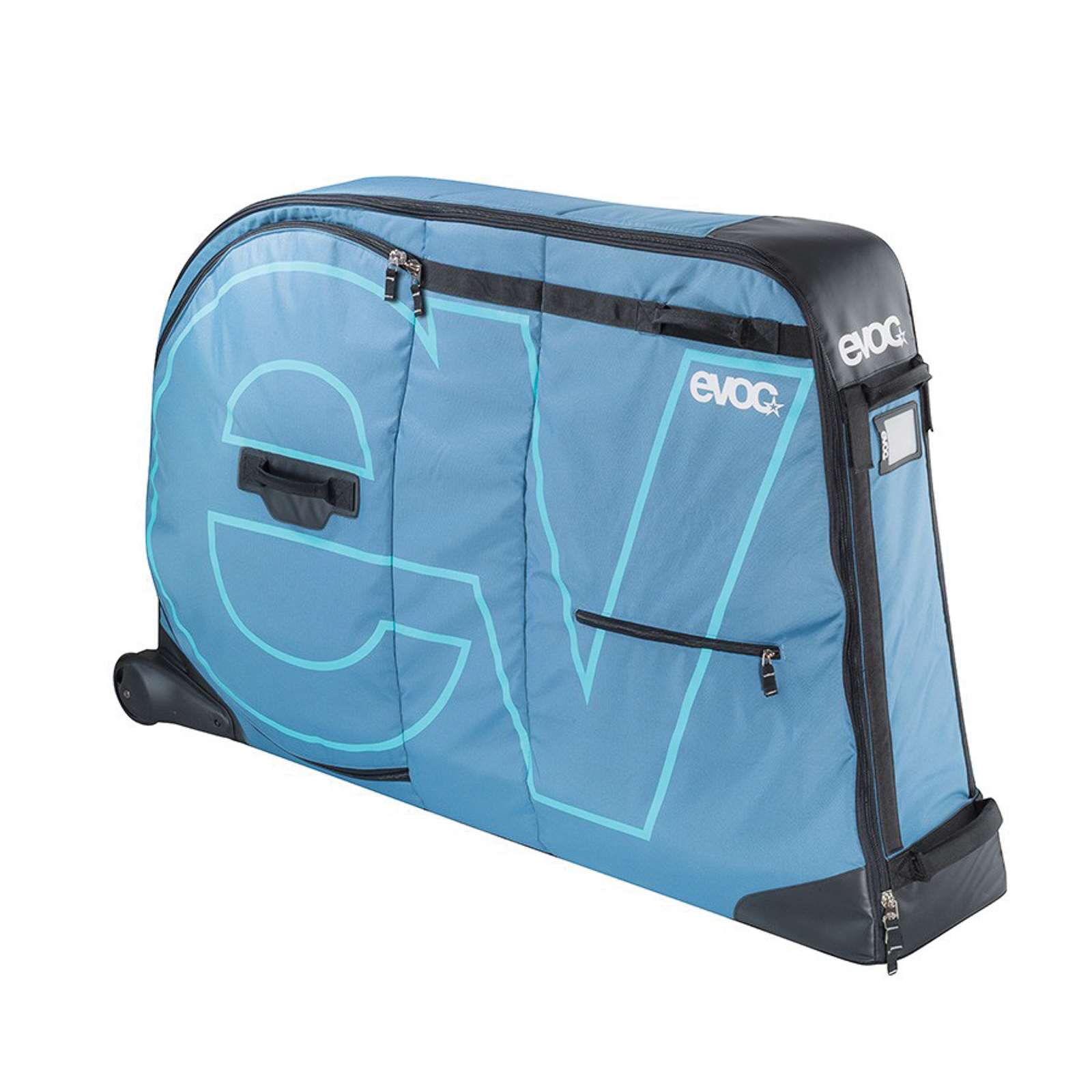 EVOC: $534.99
EVOC: $534.99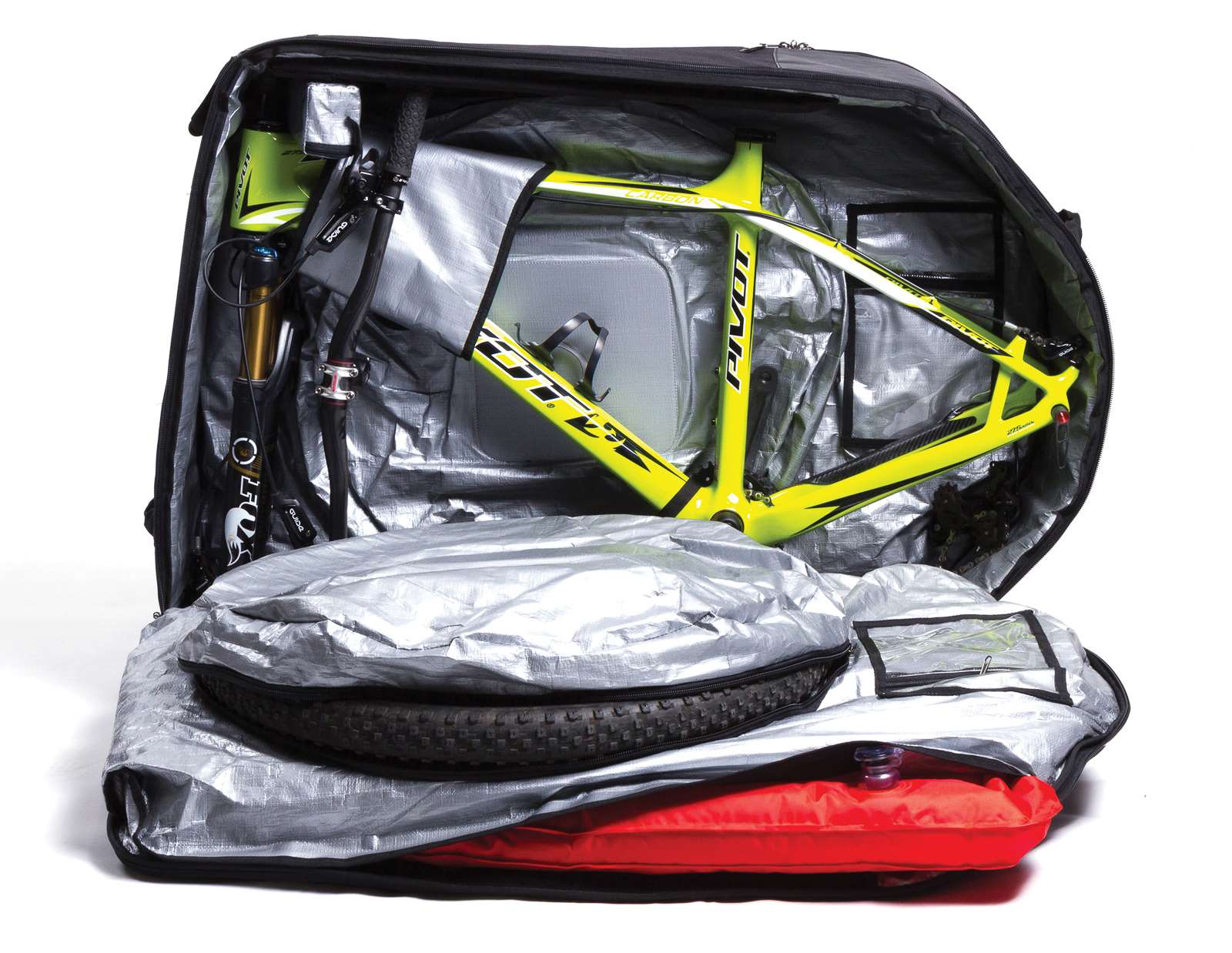 Ulitx Bike Case: $699
Ulitx Bike Case: $699CARDBOARD BIKE BOX
Cost: Minimal. If you can’t get one for free, you’re not trying hard enough. Pick one up from your local bike shop (it’s nice to ring ahead and ask them to put one aside for you, and this increases your chance of getting a larger, tougher one), or buy one from your airline for about $25 bucks. Airline boxes are very large, very robust, and withstand a lot of re-use.
Protection: That’s up to you – it can be excellent. Your bike shop might also be able to put aside a few bits and pieces of foam, and nobody’s ever going to stop you going nuts with a roll of bubble wrap, towels, and more layers of cardboard. Stuff in lots of soft clothing and other luggage and keep your box out of the rain to stop it going wobbly. Use packing tape to reinforce the base and handle holes.
Weight: Fantastic. About 2kgs.
Size: Varies. Get a big one and you won’t have any troubles packing any bike and a whole bunch of other junk in there.
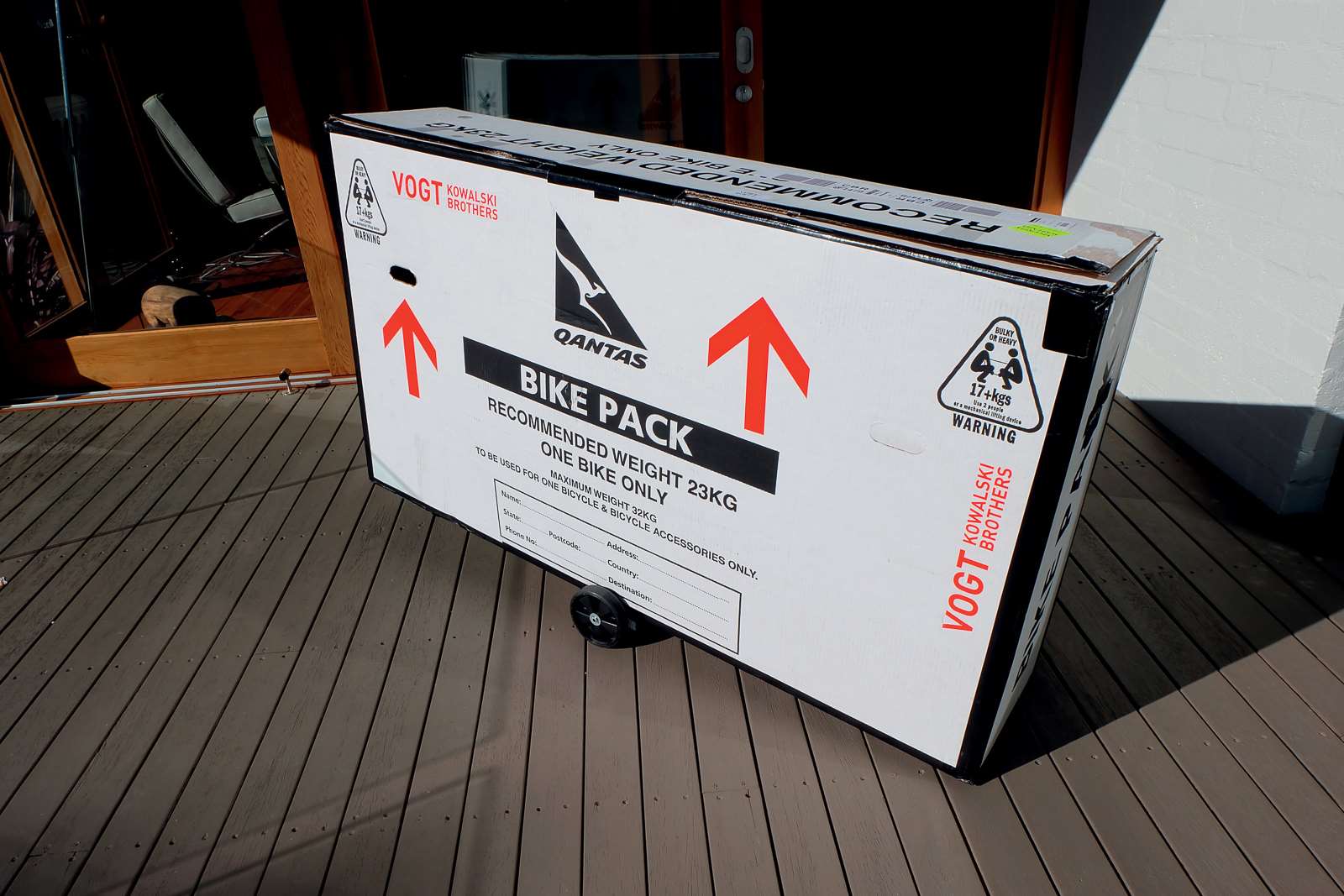
Disassembly: Not too bad. Generally remove pedals, front wheel, and handlebars. The rest (like rotors and rear derailleur) is up to you.
Portability: Dreadful. With the money you save, you’d best invest in a $4 luggage trolley every time you use it. Be prepared to struggle getting this onto a conveyer belt, around corners, and into the boot of a car. Steer away if you have a lot of transfers outside the airport, particularly if you’re taking public transport like trains and buses, and especially if you’re walking. Carrying a bike box is awkward, slow, and those pointy corners will find somewhere to stab.
Storage: Pretty good. You can collapse your box and fold it into a bulky flat pack – although much of its strength comes from being kept in once piece, not folded. Another option is to discard your bike box at the airport, build your bike while enduring curious stares from fellow travellers, then find another one for your trip home. Don’t choose this option if you’re likely to be in a rush on the return journey, or are in a country without bike shops. Don’t forget a roll of packing tape.
Verdict: Great weight savings and the cheapest option. Terrible if you have to walk anywhere.
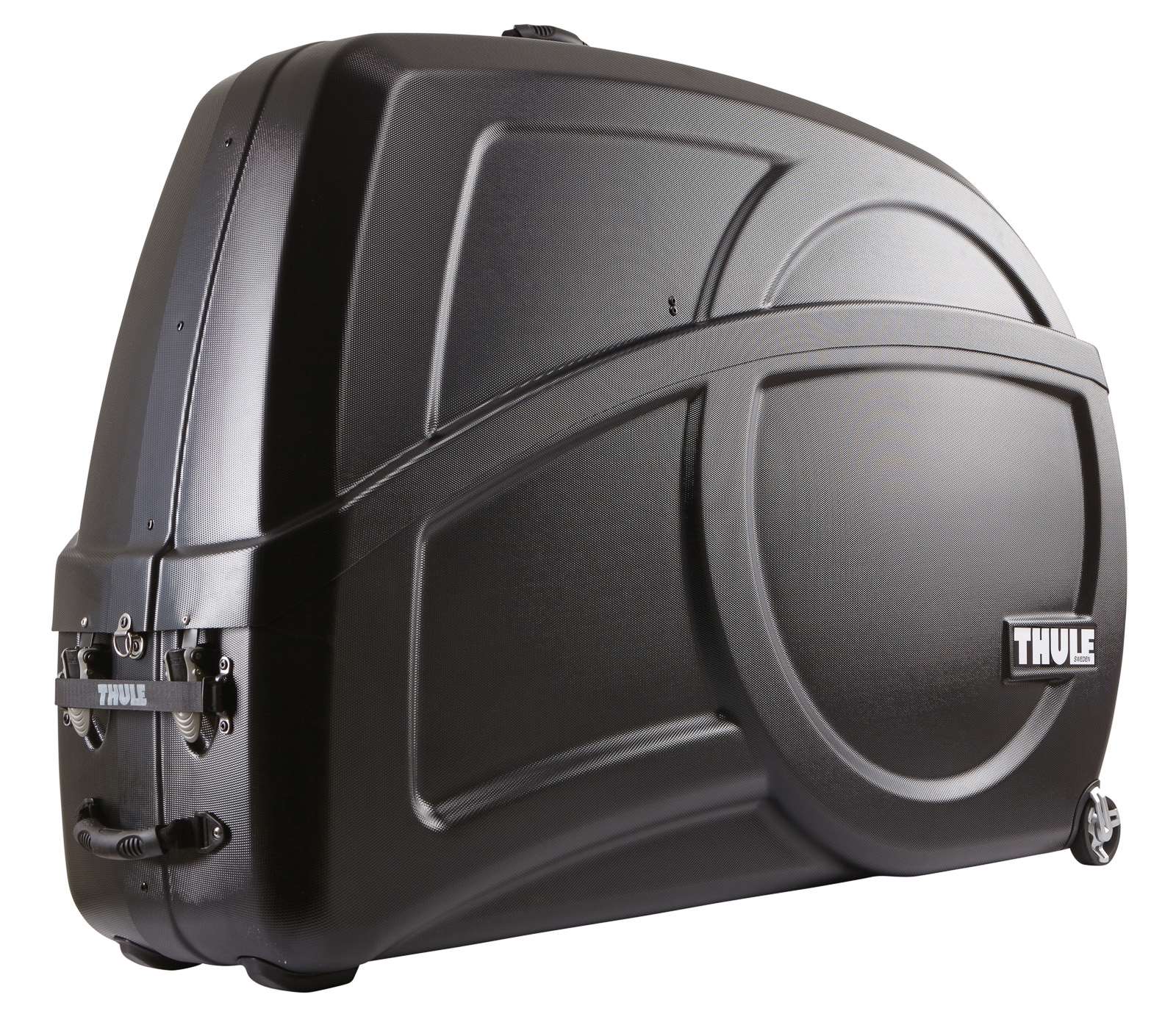 Thule Roundtrip Transition: $899
Thule Roundtrip Transition: $899
HARD CASE
Cost: Hard cases vary a lot in price. The cheapest I’ve seen is around $300, but they can ring up more than $1,000 at the register.
Protection: Superb. Sometimes an exoskeleton is the only thing that will do the job. You’ll still have to pack your bike correctly, and generally a lot of disassembly is necessary.
Weight: Generally between 10 and 16kgs. You’ll be purchasing extra luggage.
Size: Take care checking whether the hard case you like fits your bike. Some simply don’t fit 29ers, or big rigs, especially larger sizes.
Disassambly: Generally quite a bit. Hard cases are typically quite compact and the bigger the bike, the more you’ll need to strip.
Portability: Great. Nearly all hard cases are mounted on four wheels, which are a breeze to tow. Some models are ‘dragable’, on two wheels, but my advice is that if you’re going to the expense and trouble of using a hard case, get one on four wheels for extra manoeuvrability. This can make a massive difference if you want to arrive at your destination fresh and ready to shred.
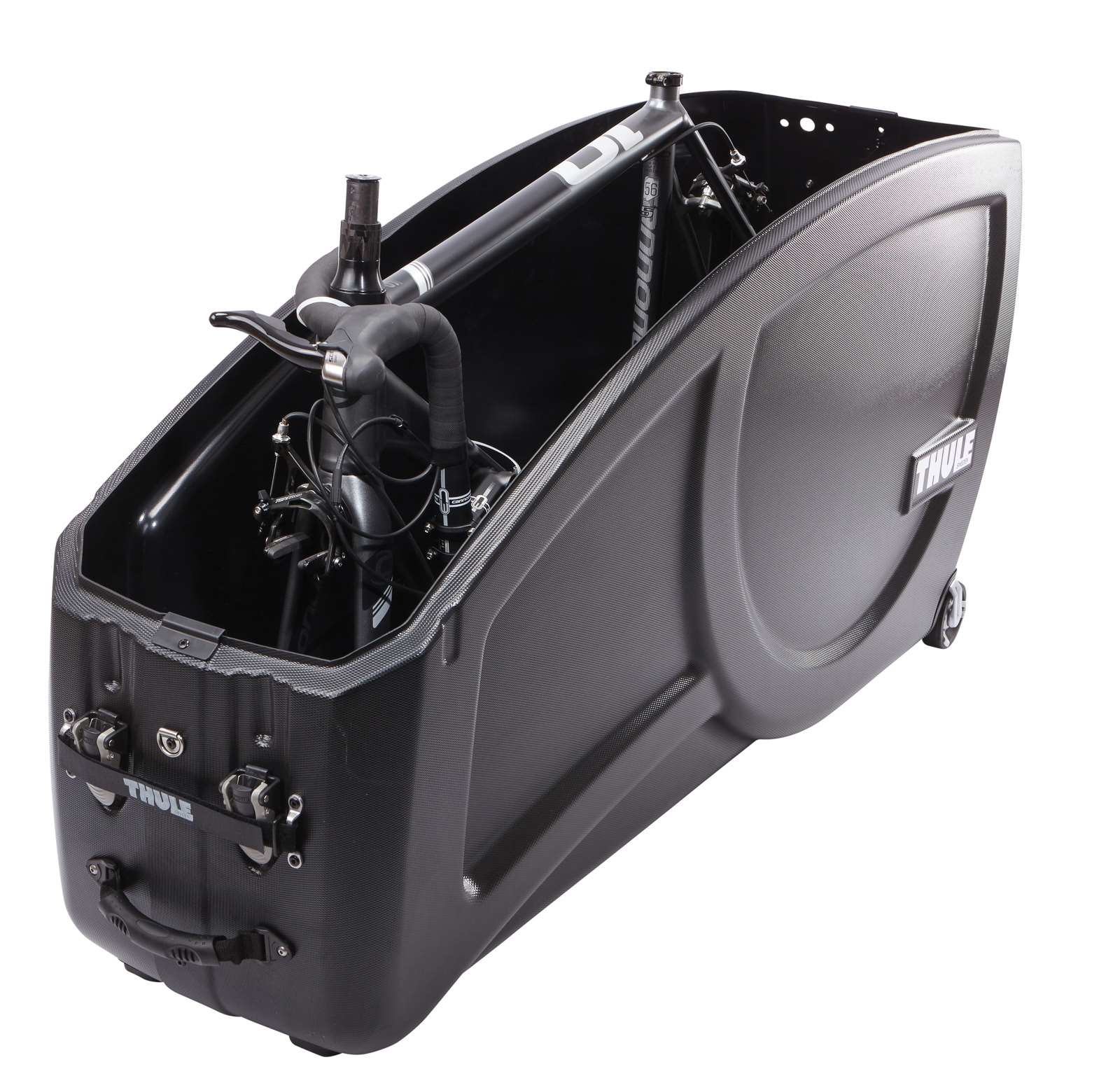
Storage: These guys can’t fold away for easy storage and they won’t fit in the linen cupboard. Investing in one means you’ll have to consider transport options at your destination once the bike is built, and where you’re going to keep it at home.
Verdict: Hard cases offer superior protection for your bike and a decent one will follow you effortlessly wherever you go. On the downside, you’ve got no hope of coming in under most airlines’ base baggage allowances and a great model might hurt your wallet. But if the protection of your bike is of utmost importance – they are a premium option.
